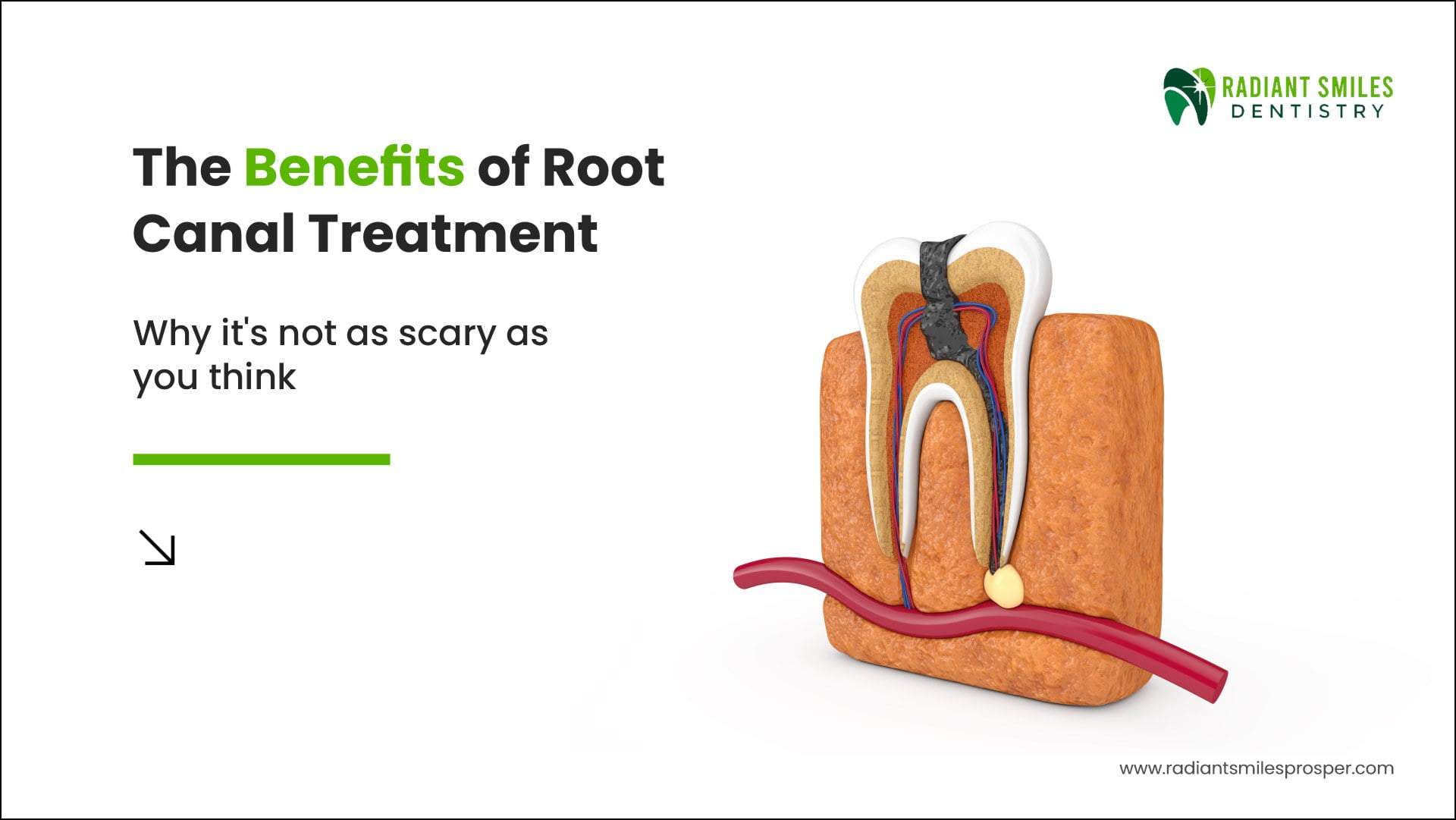The Power of Preventive Dental Care: Understanding Best General Dentistry Practices!
General precautionary measures to improve dental health can have a…

Dental treatments have always scared people irrespective of their age. In some cases, they are not aware of the actual procedure of the treatment, while in others, they presume the obnoxious experiences of their fellows. The term ‘root canal’ is sufficient to cause shivers in the spines. However, it is not as scary as many people think. With the advent of modern medical science and tools, dentistry has developed itself into a very sophisticated segment, and major operations are also done without causing severe pain to the patients.
In this blog post, we will go through the advantages of root canal, and learn why this method is preferred over others, especially tooth extraction. If you are also suffering from root canal treatment pain, this will be a guiding light for you to find relief. So, let’s get started!
The process that starts with cleaning, and filling, and ends with sealing the infected area in a tooth is called the root canal. In this dental procedure, dentists operate on the infected and inflamed area, to remove bacteria and infections that further block the cavities that surround the teeth later. Despite being a minor operation, root canal treatment side effects can also emerge, given that the operation is not done by a specialist.
The process of root canal treatment is very straightforward and begins with the injection of anesthesia into your mouth. The next steps are not felt by the patient at all, as the area becomes numb and insensitive to pain. The infected tooth is drilled through a sophisticated tool to access the root of the infected pulp. The word drilling should not intimidate the readers, as it is not a major process.
The next step is to suck the fluid from the bacteria. It is done through a sophisticated suction tool. After the process of suction, the area is cleaned and replaced with gutta-percha.
It is a natural rubber obtained from trees. After this, the crown is placed to permanently close the drilled area, so that no infection is caused later.
General precautionary measures to improve dental health can have a…
Root canal treatment is a dental technique pointed...
Root canal treatment is a dental technique pointed...